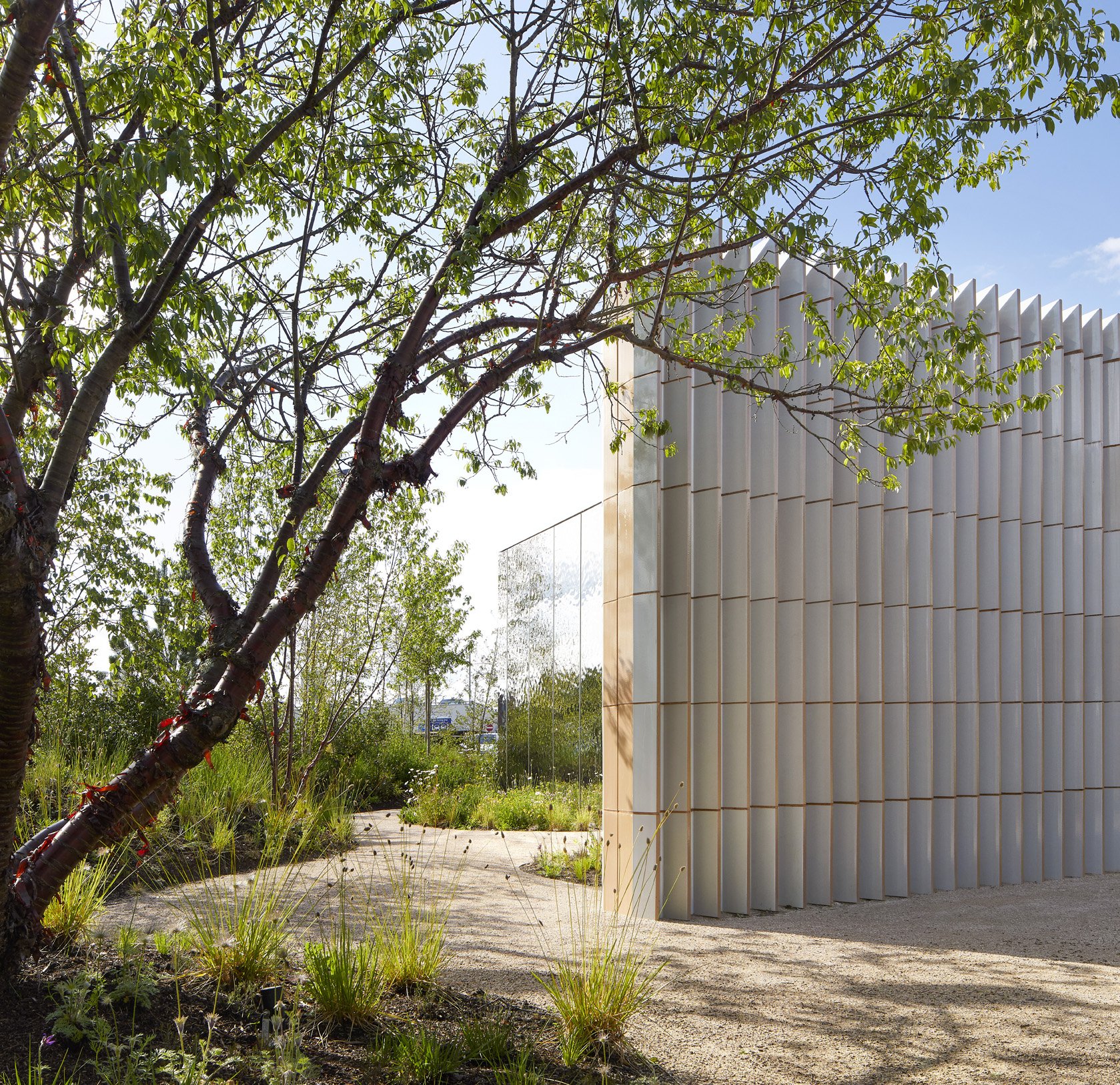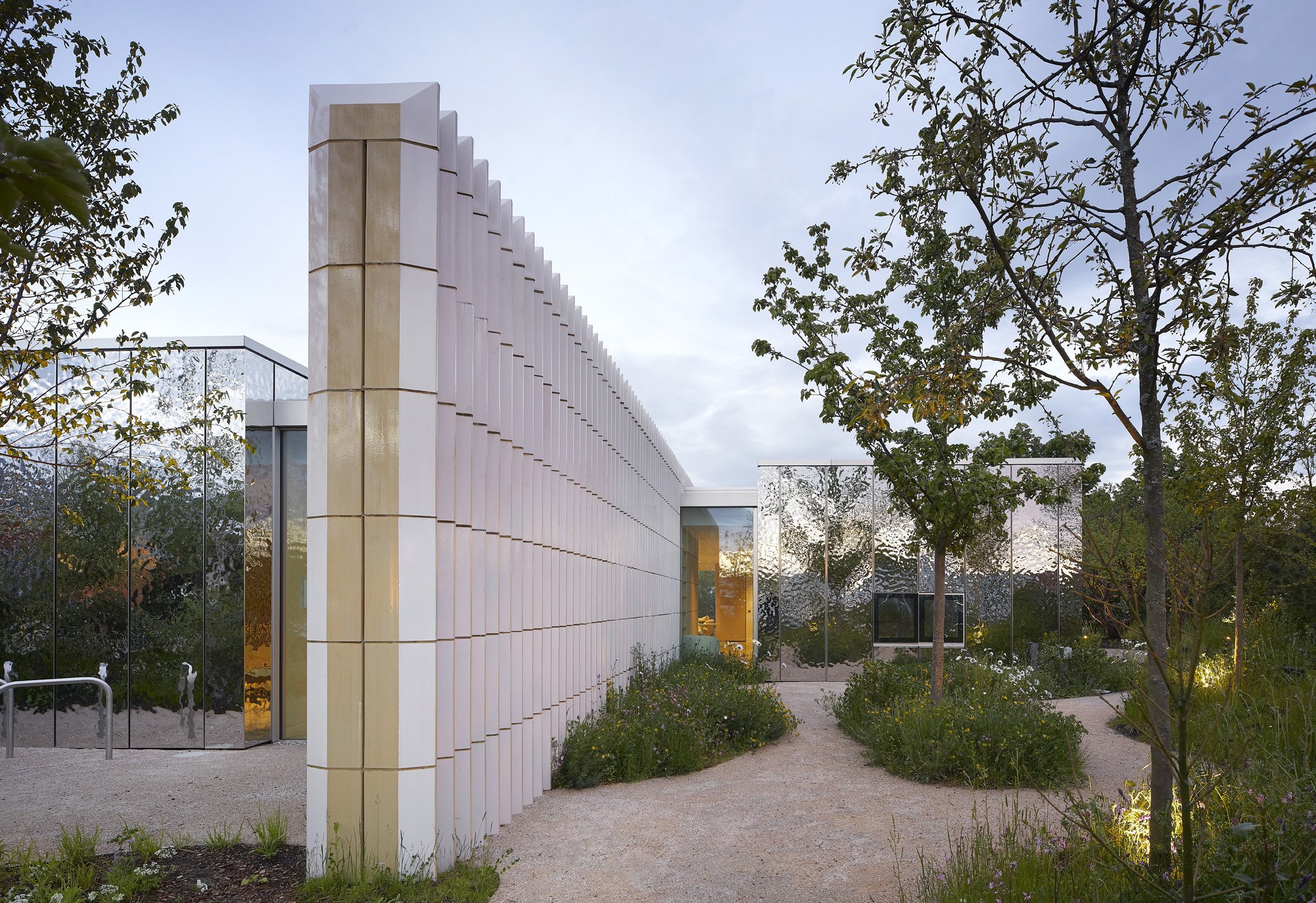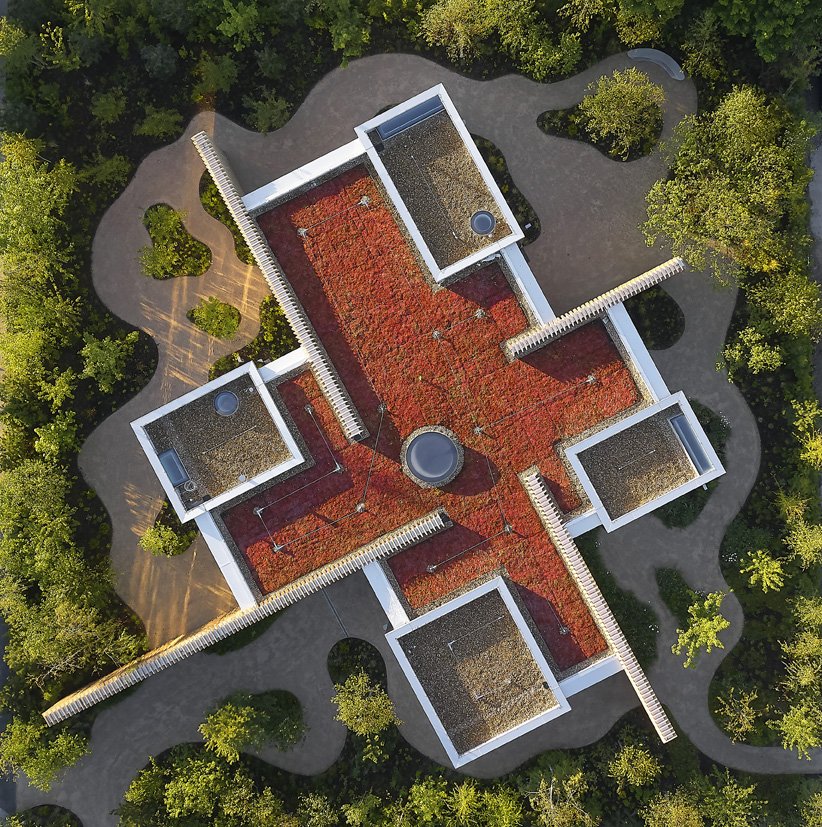If we can take one positive from the Covid pandemic, perhaps it will be our awakening to the joys and health benefits of being up close and personal with nature.
Lockdown left our town and city centres desolate, nothing astir but for the iterant phasing of traffic lights and swirls of litter bowling like tumbleweed down canyons of deserted office blocks. These dystopian scenes played out on our screens remain iconic in our memories of the early days of the health emergency.
Then we saw how swiftly nature seizes on an opportunity. Plants such as chamomile and thyme pushed through cracks in pavements and nooks and crannies across the urban infrastructure, wild animals commuted into city centres – recall those comical scenes of dapper little penguins waddling through Cape Town’s financial district? – and everywhere the cacophony of commerce gave way to the symphonic sound of birdsong.
While nature was reclaiming her space in our world, we were rediscovering our place in hers. Our gardens became our saviour and solace, and for homeworkers their office, as the sun’s warming rays invoked the sights and sounds of spring. Tower block estates were emblazoned with colour as long neglected balconies and window boxes were transformed into symbols of hope for happier times.
A record three million new gardeners started growing in their confinement. Nurseries reported plant and seed sales blossoming by up to 50 per cent, along with soaring demand for bird food. We envied our avian friends their freedom, but now they became our focus and fascination, sending us scrambling for our ‘bins’ and birding books. In January this year, more than a million people took part in the RSPB’s annual Big Garden Birdwatch, double the number at the same time in 2020.
Wildlife is nothing if not resilient and has been sneaking back into our urban centres for decades, wherever conditions are favourable. Now there is a growing global awareness that humanity and nature can be reconciled in the same space, to the benefit of both.
Using Nature and Biophilic Design to Create Healing Spaces
Probably no one is more aware of this than Stirling Prize-winning architect Amanda Levete … “Space and nature are a need, not a luxury,” she says. One project where Amanda and her team at AL_A have applied that principle is at Maggie’s, a centre providing free cancer support in Southampton. Her task was to create a “home from home that is designed to feel nothing like a hospital”.
Amanda says: “Our site at Southampton was a challenging one: a set of nondescript buildings surrounded by a sea of car park. The question we asked ourselves was: how can we create an oasis of calm here? Our solution was to bring a bit of magic to the place. We imagined that a piece of garden had been transported from the New Forest into the midst of the hospital’s concrete landscape. So, when you are in the oncology centre, they’ll say ‘see that garden over there, that’s where you’ll find Maggie’s’.
“The garden became central to every move we made. When designing the centre, we wanted to make sure that the building did not interfere with this new green space. Instead, it becomes a part of the landscape. We cut through the garden with four walls to form a pinwheel plan, with private spaces radiating from an open central space. The one-storey building emerges from the garden; an understated building designed to lift the weight from the shoulders of all who work and visit there. Nature is always close to you here, in a literal sense and also in the materials we use.”
The four gardens at Maggie’s Southampton are planted out with the diverse array of insect-friendly flora you might encounter on a walk in the New Forest across the seasons; wood anemones, orchids, wild garlic, lesser celandines, bluebells, primroses, harebells and dwarf gorse as well as mosses and ferns.
Many innovative ideas went into the project’s design and construction. The centre was built using sustainable, clay-based bricks and the ceramic stoneware wall blades that jut out into the gardens form a holistic construction system, being both load-bearing and insulating. Soft pastels, inspired by the colours of the surrounding foliage, promote a sense of stillness and calm. Nature’s influences are very much evident inside the building, with the welcoming kitchen at its heart having a strong visual connection to the gardens. Four rooms, providing privacy when needed, all feature soft light and views of nature.
Nature herself is showing how we might ‘grow’ the building materials of the future. Amanda and her team are currently exploring how lignin, an organic substance giving plants their rigidity, can be extracted from wood, manipulated and infused with bio-resins to form a material that is stronger than steel, more insulating than glass and virtually transparent. Elsewhere, research is underway into blended cements and concretes that store CO2 and the use of organic materials such as wood, hempcrete, straw bales and mycelium. Materials derived from recycled household waste, including plastics, could soon be brought into wider use.
“As architects, we need to dream,” says Amanda. “We have embarked on a piece of research that roots technology in nature in the search for renewable materials that can truly challenge the supremacy of glass and steel. If we can reconcile nature and technology, perhaps one day we can find a way to build that is positive for our environment.”
Nature Singing from the Roof Tops
The ‘high life’ has taken on a new meaning as rooftop gardens and living walls sprout up in cities across the globe, providing wildlife habitats, helping to soak up harmful greenhouse gases and reduce noise pollution. Inner-London alone has more than 1.5 million sq m of green roofs with a density of 0.17 sq m per inhabitant, which is a far greater than in many other green cities, such as Copenhagen, Toronto and Singapore.
In 2011, Coutts Bank transformed the roof terrace of its Westminster headquarters into the Strand Skyline Garden. It is now one of the most well-stocked gardens in London, with more than 400 metres of fruit, vegetables, herbs and flowering plants. The produce is harvested to supply the Coutts kitchen and the rooftop habitat is home to bees, butterflies and even ducks. One of the capital's largest gravity-defying living walls is at The Rubens at the Palace hotel overlooking Buckingham Palace. The hotel’s entire façade has been transformed with 16 tons of soil and 10,000 plants to provide accommodation for its bird, butterfly and bee guests.
Pocket Parks
More down-to-earth projects are underway elsewhere. Local authorities and community groups are working to transform small neglected or unloved urban sites into ‘pocket parks’. The parks, that can be as small as a tennis court but no bigger than 0.4 hectares, provide spaces for children to play, residents to meet up, exercise or simply ‘chill’ in the company of nature. In the October budget, Chancellor Rishi Sunak announced £9 million funding to create 100 new mini parks, bringing the total number around the UK to more than 1,000.
James Godfrey-Faussett of Wild Urban Spaces, partner of SUGI at ground designated for a community Pocket Forest. You can read more about the projects, and listen to the podcast with him here https://journalofbiophilicdesign.com/podcast-journal-of-biophilic-design/wild-urban-spaces-bringing-the-miyawaki-method-to-cities
London alone has 136 pocket parks, mainly dotted around inner-city areas. One of these comprises a small triangle of land beside Kingsland Road bridge over the Regent’s Canal at Hackney. It had long been a popular haunt … mainly for fly-tippers, rough sleepers, drug-users and muggers. Then the Canal & River Trust offered local youth charity SkyWay the chance to adopt this stretch of towpath. Between them, they set about planting out a community garden where locals and office workers could spend some dwell time in the company of nature while watching canal craft chug lazily by.
Much of the work was carried out under a Hackney council programme through which young offenders give back to the community. “People were coming down here with a can of special brew, now they come down with a bottle of chardonnay,” said Skyway communications manager Sam Mars. “Many of the young people we work with don’t have access to green spaces of their own or see a different environment to the man-made built environment in which they live. The community garden enables them to learn about plants, wildlife and the environment and in doing so helps them develop their understanding of these things. Moreover, it helps widen their interests and gives them a greater appreciation of the world around them and of the local community.”
Or, quoting Britain’s best-loved naturalist Sir David Attenborough: “No one will protect what they don’t care about and no one will care about what they have never experienced.”
““No one will protect what they don’t care about and no one will care about what they have never experienced.””
Bringing nature back into people’s lives, even on a small scale, can have big impacts on anti-social behaviour, as shown in towns and cities around the world. The University of Pennsylvania found that in distressed neighbourhoods in Philadelphia where vacant lots had been transformed into micro-parks and community green spaces crime plummeted, including gun violence. Residents also reported feeling "significantly less stress", suggesting the improvements also had an affect on their perceptions of safety outdoors, the study says.
Incredible Edibles
Further food for thought on how we can reinvigorate spaces for communities stems from the curiously named ‘Incredible Edible’ campaign, a grassroots initiative started in the former Yorkshire mill town of Todmorden following the 2008 financial collapse. Since then, it has inspired a global movement of growers from Brazil and Colombia to the Democratic Republic of Congo. Their shared mission is to take over unused or unattractive patches of public land to provide wildlife habitats and fruit, herbs and vegetables for cash-strapped locals to pick and eat for free.
Incredible Edible co-founder Mary Clear said: “We asked how will we make a project that creates some kind of activity that brings people closer together, whether they’re Muslims or Christians, or young or old? And we just thought it makes absolute sense; we’ll grow food, and we’ll share it, and we’ll eat food together – food is the glue of community. We began growing food in public places, not because we were going to feed a town or save the world, but so we could reconnect people with each other, with the soil, with the seasons.” Today, there are 140 official Incredible Edible groups in the UK and more than 1,000 worldwide.
‘Edible’ is fast becoming the new buzzword defining how we should repurpose unappetising small urban spaces. In recent years, Edible Bus Stops have sprouted up along transport routes through most of our towns and cities. Among the first in London was created after guerrilla gardeners declared war on an overgrown WW2 bombsite off Landor Road, Lambeth, and were awarded funds to make it official. Alongside bee-friendly flowers and shrubs, the site is planted out with leafy greens, herbs, broccoli, fruit trees and wild strawberries. It’s a ‘help yourself’ buffet, but you are expected to plant something in return.
Young Movement
Meanwhile, growing numbers of young people are taking up arms – spades, hoes and trowels – in defence of wildlife on their patch. Backyard Nature was set up to show kids the world of wonder waiting for them, if only they would tear themselves away from their computer screens. The campaign aims to get them, their families and community groups to spend more time enjoying, protecting and nurturing nature, whether in the heart of a city or the countryside. Since 2019, the ‘nature guardians’ have completed a range of missions, including planting 330,000 wildflower seed balls to help save our fast dwindling bee population, taken birds under their wing to keep them fed over winter and built 350,000 bug hotels.
All this shows that humanity may just be starting to get the message, one that David Attenborough reinforced in the run-up to COP26: “We must bring wildlife and wild places back on an ambitious scale, in turn creating new livelihoods and protecting the planet for future generations … our lives depend on it.
Hartley Milner, freelance journalist.











